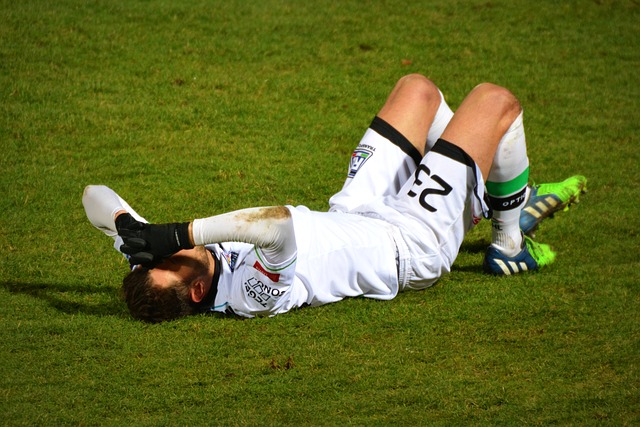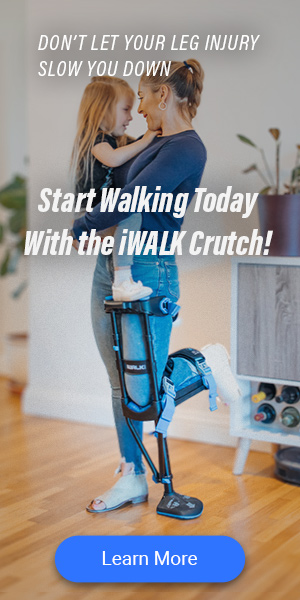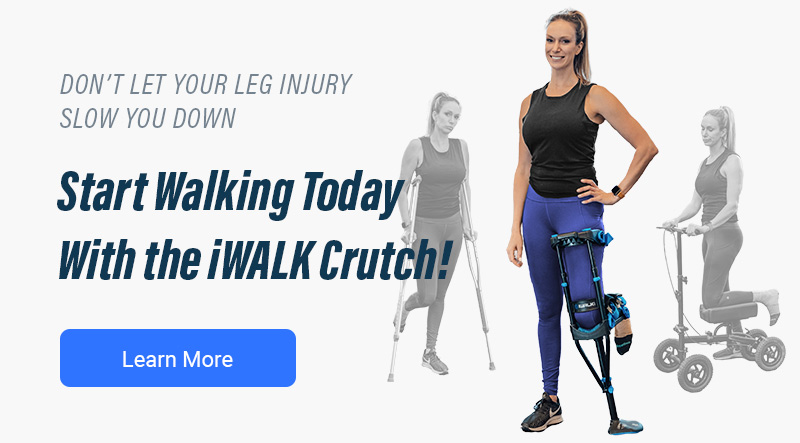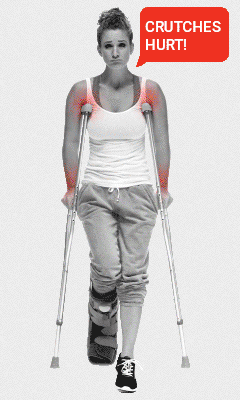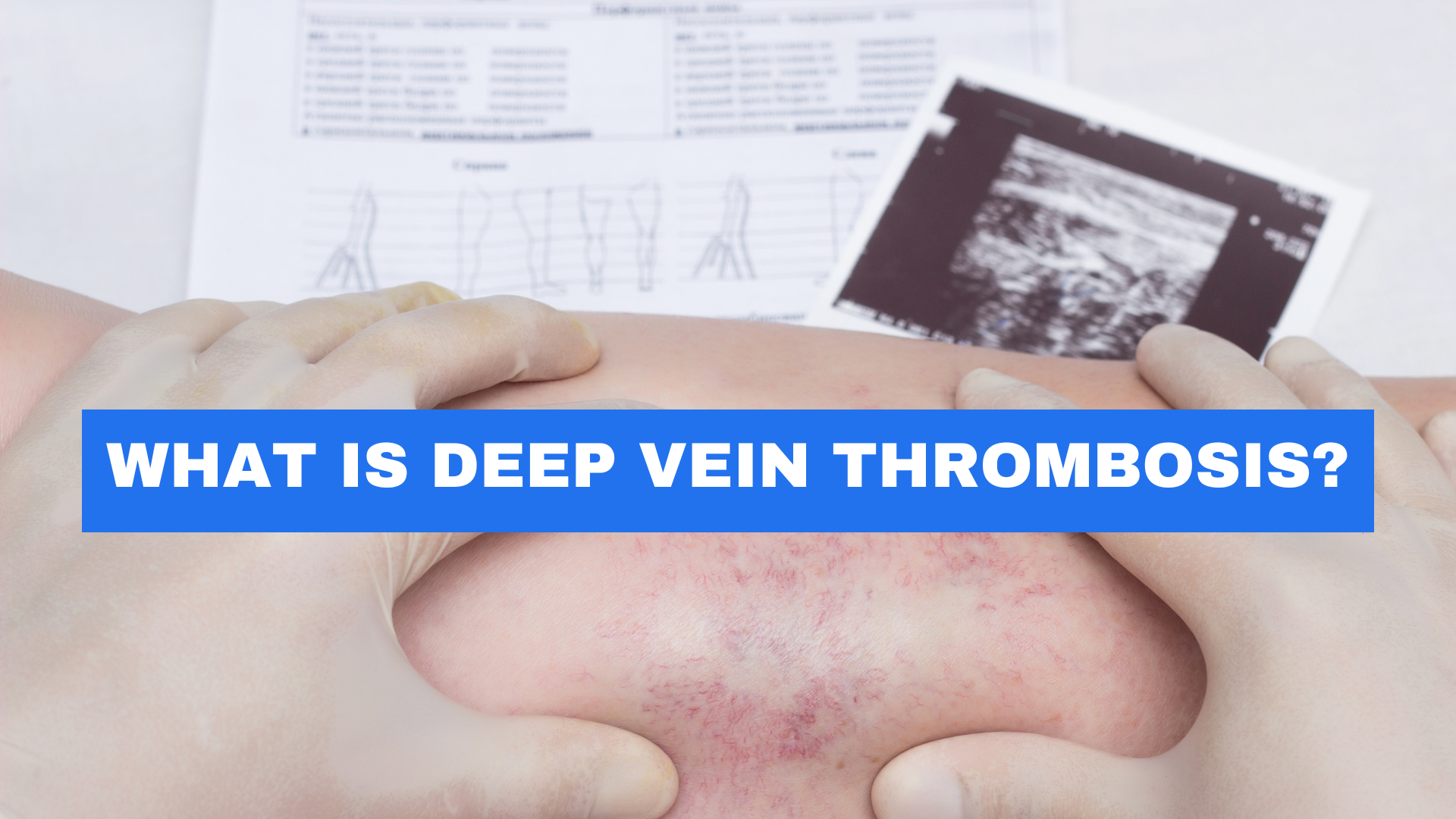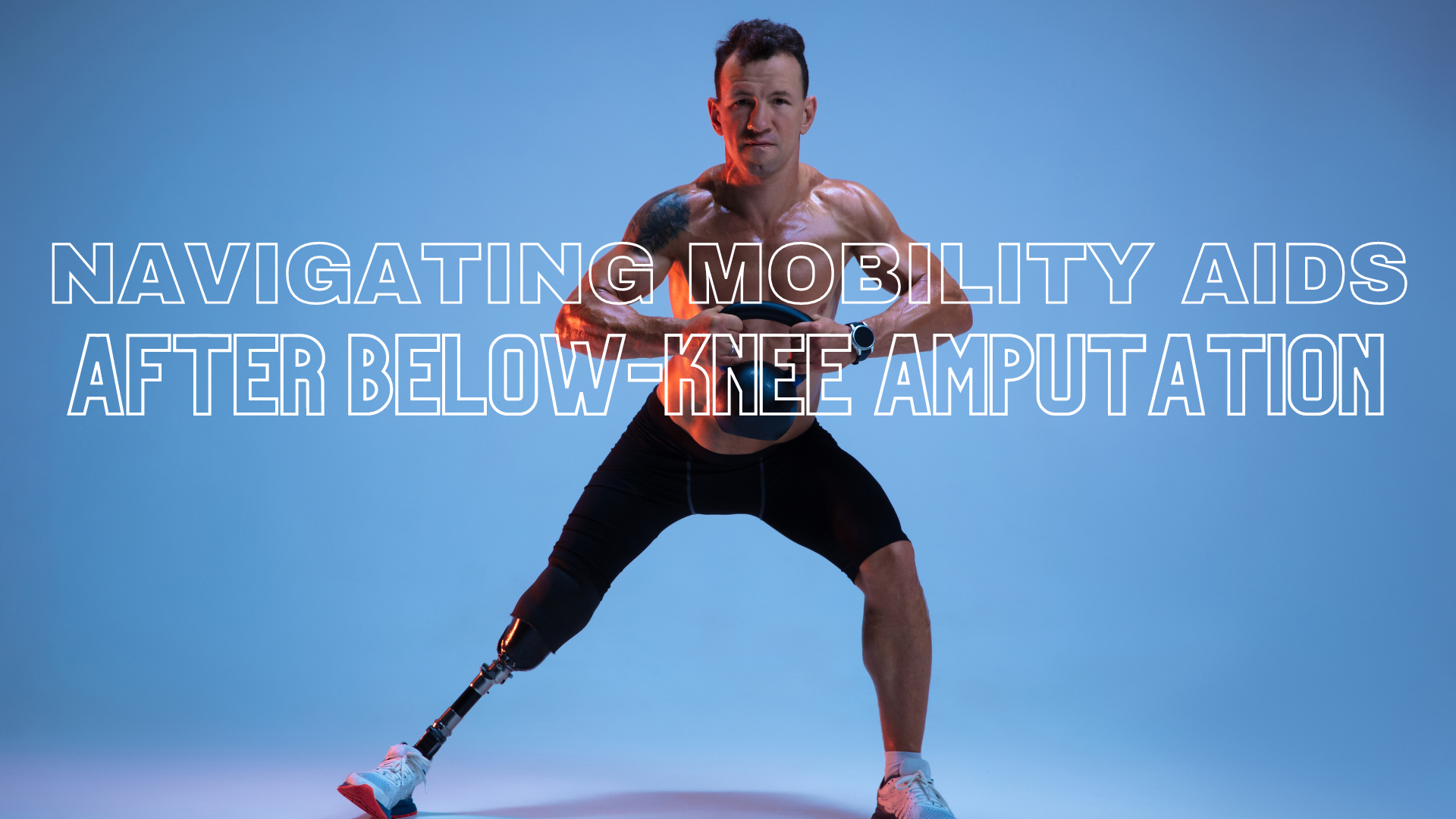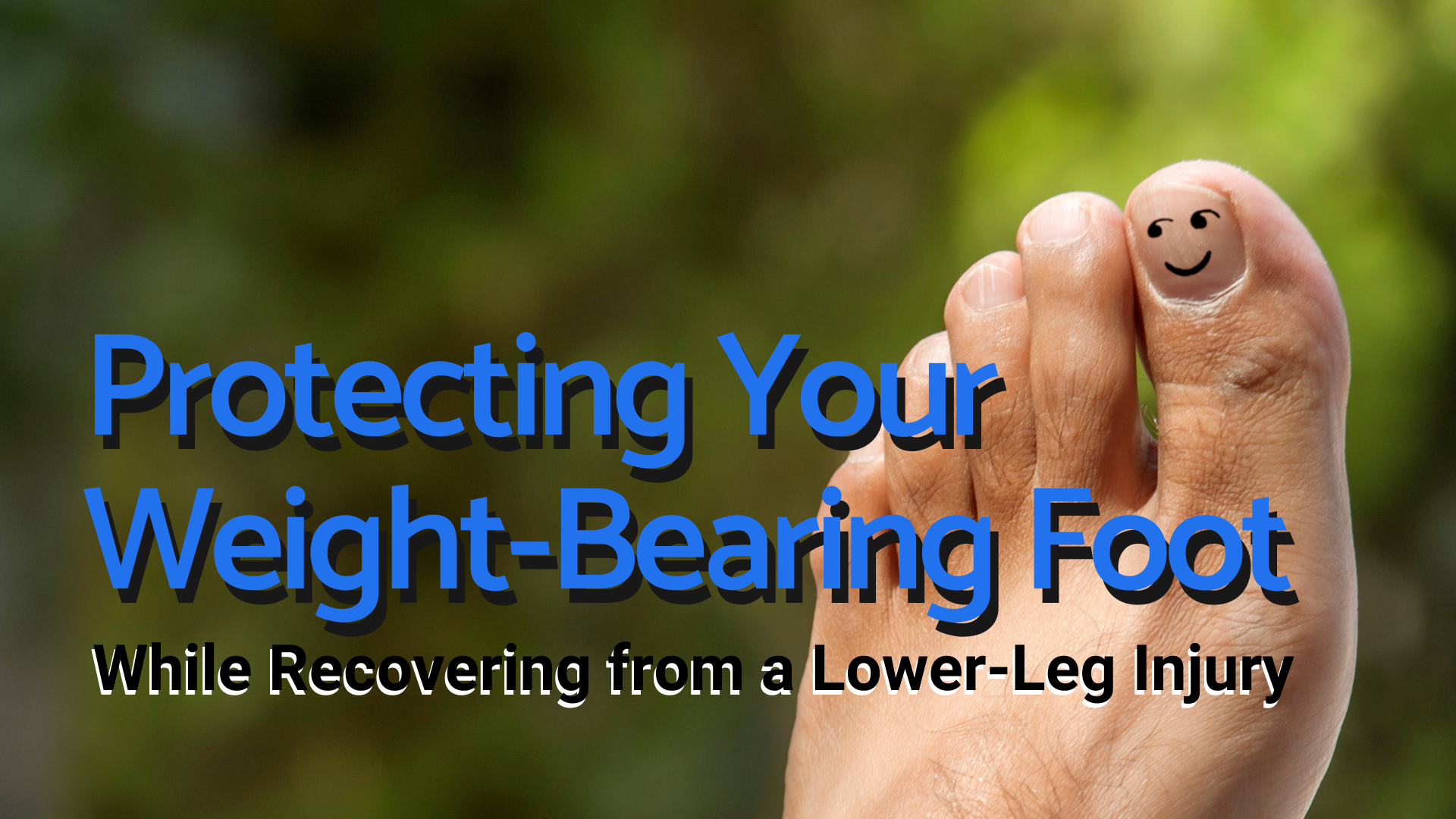Stress Fractures Are Common, Especially if You’re a Runner. But How You Treat Your Injury Significantly Impacts Not Only How Well You Heal, but Also the Time It Takes to Get Back on Your Feet
Stress fractures are common, especially if you’re a runner. But how you treat your injury significantly impacts not only how well you heal, but also the time it takes to get back on your feet.
If you try to rush your recovery and start running or walking before you’re completely healed, you risk having a complete fracture, which will set you back even further in your recovery. Follow your doctor’s advice as you learn how to heal a stress fracture faster and how a hands-free mobility device like the iWALK2.0 can reduce pain and help you keep your mobility while you recover.
What Is a Stress Fracture?
Stress fractures are very common in athletes and others who do a lot of repetitive weight-bearing exercises such as running or walking. Running or walking causes stress which leads to a small crack or bruise on the bone. These stress fractures are most common in the bones of the foot, where most of your weight is concentrated while doing repetitive exercise. Fractures occur because of overuse, increases in activity, change of running surface, weakened bones, poor technique, bad equipment, and more.
How to Heal a Stress Fracture Faster
There’s no substitute for time when it comes to healing a stress fracture. However, how fast you heal isn’t just determined by time, your health, nutrition, age, circulation, and the treatment you receive all play a vital role in how quickly you recover. Finding the right mobility device that allows you to live your life will also help you keep weight off your leg while you recover.
Most mobility devices are very painful to use for long periods of time, but hands-free crutches like the iWALK2.0 have become increasingly popular because they allow you to have full mobility throughout your recovery. Finding a mobility device that you enjoy using is important because it encourages you to use the device and reduces the temptation to put weight on your injured foot to get around. Here are some additional tips on how to heal a stress fracture faster and get back to the things you love.
1. Get Proper Nutrition
What you put in your body has a great impact on how well you’ll heal from your stress fracture. Make sure you get balanced nutrition from your food, and supplement your diet with daily vitamins. Getting the recommended daily dose of calcium, vitamin E, and vitamin C can help you heal faster. Other vitamins and minerals that can help include zinc, copper, silica, vitamin D, vitamin K, and B6. You should also make sure to eat plenty of protein to help rebuild strong, healthy bones.
2. Quit Smoking
Better blood flow equals better healing for your bones. One of the best ways to improve your blood flow so you can heal your stress fracture faster is to stop smoking. A study by Bone & Joint Research found that healing time for fractures is significantly longer in smokers than nonsmokers. This is thought to be the result of nicotine in cigarettes because it constricts blood vessels and limits that amount of nutrients your bones receive while they are healing. Do your body a favor and quit.
3. Eliminate Alcohol
Another unhealthy habit that may affect how well you heal from a stress fracture is drinking excessively. A study by the Loyola University Medical Center found that binge drinking may impair the body’s ability to signal healing proteins, such as OPN, to the broken bone, slowing the healing process. If you’re a runner you don’t want to make your bones more susceptible to stress fractures or cause yourself to be off your feet longer than necessary. Make healthy choices that make sure your bones are as strong as possible.
4. Get Plenty of Rest
Now that you’re getting proper nutrition and not smoking and drinking, what else should you do to heal from your stress fracture faster? The best way is to make sure you’re getting enough rest. Your doctor will advise you on when you can begin to return to light or regular activity, but in general, it is best to rest as much as possible and keep weight off your affected foot, especially for the first week of your recovery.
Just because you are resting and keeping all weight off your injured foot, doesn’t mean you can just sit in bed all day—after all, you’re busy and have things to do. You can continue to rest your stress fracture by finding the right mobility device to keep weight off your foot. Different devices have their pros and cons but many are downright painful. Knee scooters and hands-free crutches are pain-free options, and hands-free crutches like the iWALK2.0 offer incredible mobility.
5. Listen to Your Doctor
The best advice for how to heal a stress fracture faster is to listen to your doctor. He or she will lay out a treatment plan for your recovery. Some fractures may require a cast or even surgery to treat. Don’t discount your doctor’s advice. They’ve treated stress fractures in the past and know the best course of recovery for you. Failure to follow your doctor’s treatment plan could result in significantly longer healing time.
6. Get Moderate Exercise
Finally, to heal a stress fracture faster, you should get some moderate exercise. You might not think of exercise as a way to heal quickly, but moderate exercise that keeps weight off your affected foot helps improve circulation in your body. Improved circulation brings blood and nutrients to your bones and aids in recovery so you heal faster. Work with a physical therapist to determine what exercises are best to do with a stress fracture and consult with your doctor on when you can begin light to moderate exercise.
If you struggle to get to the gym or exercise with your current mobility device, consider switching to a hands-free option that allows full mobility while you do your moderate exercise. You can even do some light walking with hands-free crutches like the iWALK2.0.
Get Your Mobility Back
Learning how to heal a stress fracture faster will get you back on your feet so you can get back to the things you love. Talk with your doctor about any medications that may interfere with your healing and make sure you’re getting the proper nutrition your body needs. Waiting for bones to heal can be frustrating, but using the iWALK crutch can make it easier. Take the time you need to heal so your body can be stronger in the future.
You Might Also Like:
7 Exercises to Help You Stay in Shape While on Crutches
Getting enough exercise while on crutches is challenging and requires creativity—but it is possible. Here are some exercises to get you started.
These 7 Tips Make Cooking on Crutches So. Much. Easier.
Cooking is difficult when you are on crutches. These seven tips will make navigating the kitchen so much easier. Learn how cook on crutches now.

